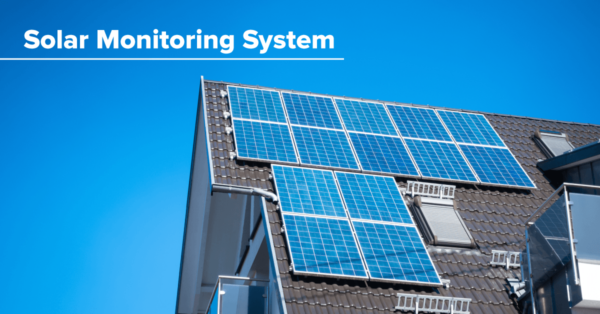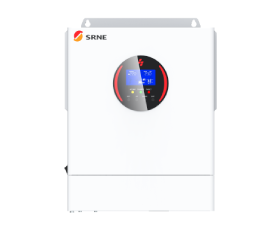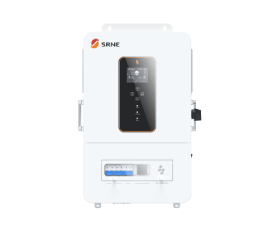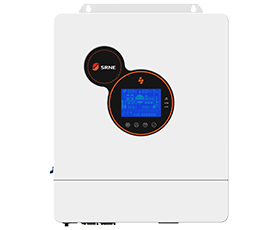What is solar monitoring system
Due to the ever increasing energy demand and decreasing conventional energy resources, many consumers switch to solar energy, which has been proven to be a prominent and reliable energy solution due to the series of economic benefits it offers for 25 plus years. The output of the solar panel varies with parameters such as voltage, current, and environmental conditions.
When you install a solar power generation system, you should be able to determine how well it is running. The best way to do that is through solar monitoring. A solar monitoring system can help you evaluate your solar power generation system’s performance. It offers information about energy consumption and generation, optimizing energy usage, and damage to your solar system, among other data. It’s important to monitor your solar setup in some manner without monitoring, it can be difficult to figure out if your solar panels are operating at the level they should be.
The solar monitoring system is a combination of hardware and software. It is an online platform that conducts real-time monitoring of the solar system using components such as sensors, data loggers, etc. The analysed data is transferred to the mobile application using IoT (Internet of things) for predictive maintenance and cause assessment in case of any failure. The real time monitoring data can also be used to do comparative analysis using the past data and trends to drive conclusions.

What do solar power monitoring systems track?
Not all solar power monitoring systems offer the same features. Depending on your elected monitoring system, you may be able to track the following:
Solar energy production
Solar energy consumption
Advanced system monitoring (circuit level, panel level, cost tracking, etc.)
Generally, you can access this information via an internet portal or smart phone application. The data will be updated every few seconds.
Solar Energy Production Monitoring
The solar energy production monitoring feature of a system will show you how much electricity your solar panels are producing in kWh. It also records the total amount of power they have produced over time so that you can see their historical performance and compare it with previous readings to determine if there is any variation from one period of time to another. All inverters will have a built-in production monitoring function.
Solar Energy Consumption Monitoring
Consumption monitoring allows you to see what happens to solar energy after you produce it. You will be able to track your consumption over the course of the day and adjust your consumption habits to better utlise your solar-generated energy and save money.
While some inverters include (very) basic consumption monitoring, many don’t. There are a variety of ways to access more detailed consumption data, the most common involving the additional purchase of a “smart meter” or an advanced monitoring system that integrates with your inverter.
Advanced System Monitoring
Advanced third-party monitoring systems and applications use smart algorithms to interpret and deliver consumption and performance data in a practical, actionable way.
While there are multiple choices when considering which monitoring system to install, they can be divided into two principal types: System Level Monitoring (SLM) and Panel Level monitoring (PLM).
These monitoring systems will help you get more value from your solar system and a more complete view of your home’s energy profile. Below are some of the advanced features and systems available.
Circuit level monitoring: Circuit level monitoring allows you to see how much power individual appliances draw from your system. This can help you identify any unexpected draws on the electricity produced by your panels and determine whether they’re legitimate or a sign of an issue with your system.
Panel Level Monitoring (PLM): Also known as module-level monitoring, PLM is directly related to module-level power electronics (MLPE) solutions of the solar industry including microinverters and power optimisers.
PLM shows values and data for each individual panel in the array. This is a huge advantage because it shows how much electricity each panel is producing, allowing you or your solar installer to rapidly detect if there are any issues with individual components on a panel and which direction they’re facing so that you can determine if an issue stems from shading or something else entirely.
Performance and fault alerts: Unlike the data that comes from most inverters, third-party monitoring systems can detect when your solar system’s output is poor or nil, and alert you with a timely email.
All in all, solar monitoring system is necessary and important for solar installers.






























































































